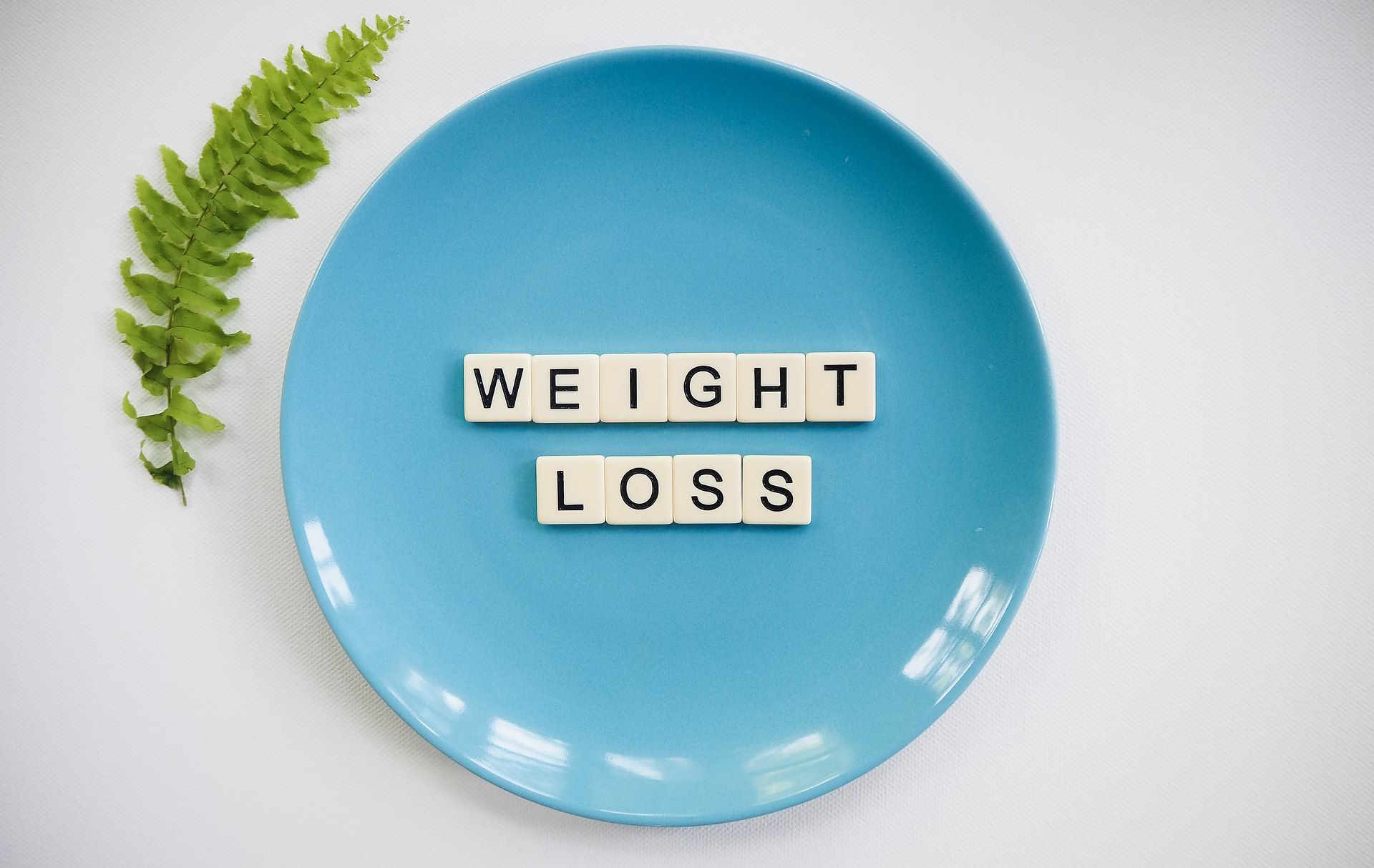Towel Materials, Uses, Care, and Choosing the Right Type
A towel is a simple household textile with many practical roles: drying the body, wiping surfaces, or protecting delicate items. Understanding common materials, constructions, and care routines helps you pick towels that match your needs—whether for bath use, hand drying, travel, or specialty tasks. This article explains the main towel materials, typical bath and hand towel types, microfiber options, and practical care tips to extend useful life and performance.

Towel materials: cotton and alternatives
Cotton is the most widespread towel fiber because it combines absorbency, softness, and heat tolerance. Different cotton varieties—regular upland cotton, combed cotton, and long-staple or Egyptian cotton—vary in fiber length and feel; longer fibers generally produce smoother, more durable yarns. Towels can also include blends or alternative fibers such as bamboo viscose, linen, or synthetic yarns. Each material affects absorbency, drying speed, texture, and durability. When evaluating towels, consider fiber type alongside weave and weight rather than relying on one attribute alone.
Bath towel types and uses
Bath towels are intended for whole-body drying and come in a range of sizes and weights. Standard bath towels offer general drying for adults, while larger bath sheets provide more coverage and comfort. Weave and weight—often expressed as grams per square meter (GSM)—influence feel and drying performance: lower weights dry faster, higher weights feel plusher. Loop pile (terry) construction is common for absorbency, while waffle or flat weaves can be lighter and quicker to dry. Think about how and where you will use the towel—home bathroom, gym, or travel—when balancing absorbency against bulk and drying time.
Hand towel sizes and placement
Hand towels serve frequent, short tasks like drying hands or wiping surfaces. They are typically smaller than bath towels and often placed near sinks in bathrooms and kitchens. Size, thickness, and edge finishing matter for appearance and function; decorative hems are common in guest bathrooms, while plain, absorbent styles work best in high-use areas. For public or high-traffic settings, choose towels that balance quick drying with durability to reduce mildew risk. Pair hand towels with appropriate towel bars, rings, or hooks to allow air circulation and faster drying between uses.
Microfiber towels: advantages and care
Microfiber towels are made from fine synthetic fibers, usually polyester and polyamide blends. Their dense, split-fiber structure delivers rapid moisture pickup and quick drying, making them popular for travel, sports, cleaning, and hair-drying applications. Microfiber can trap oils and fine particles, so many people use these towels for cleaning glass, electronics, or automotive detailing. Care is straightforward but specific: wash microfiber separately from lint-producing fabrics, use mild detergents without fabric softeners, and avoid high heat in drying to maintain fiber performance. Microfiber’s synthetic nature also means it typically feels different from cotton—smoother and less plush—but provides practical advantages where fast drying or high absorbency-to-weight ratio is needed.
Caring for towels: washing and longevity
Proper washing extends a towel’s life and preserves absorbency. Wash new towels before first use to remove manufacturing finishes and increase absorbency. Use warm water and a moderate amount of detergent; avoid fabric softeners and liquid starch because they can reduce the towel’s ability to absorb. Tumble drying on medium heat or air-drying are both acceptable—high heat can weaken fibers over time. For cotton towels, occasional vinegar rinses can help remove detergent buildup and restore absorbency. Store towels fully dry in a well-ventilated area to prevent mildew. Rotate towels regularly to distribute wear and replace items that no longer dry effectively or show excessive thinning.
Conclusion
Selecting and maintaining towels involves more than color and price—material, weave, weight, and intended use all affect performance. Cotton remains a versatile and comfortable choice for bath and hand towels, while microfiber offers a fast-drying, compact alternative for travel and cleaning. Good care practices—proper washing, avoiding fabric softeners, and ensuring complete drying—help towels remain effective and hygienic over time. Consider your routine and storage options when choosing a towel type to ensure it meets your daily needs and longevity expectations.






